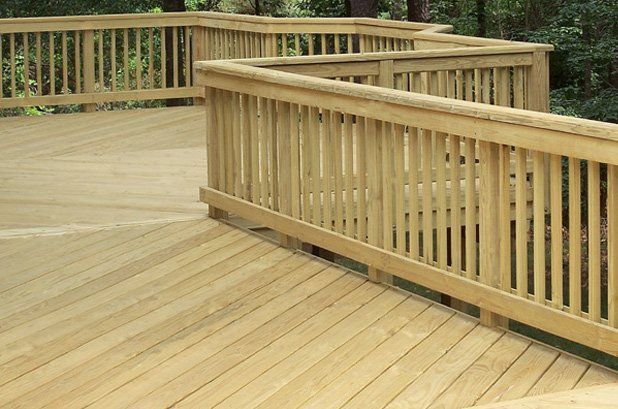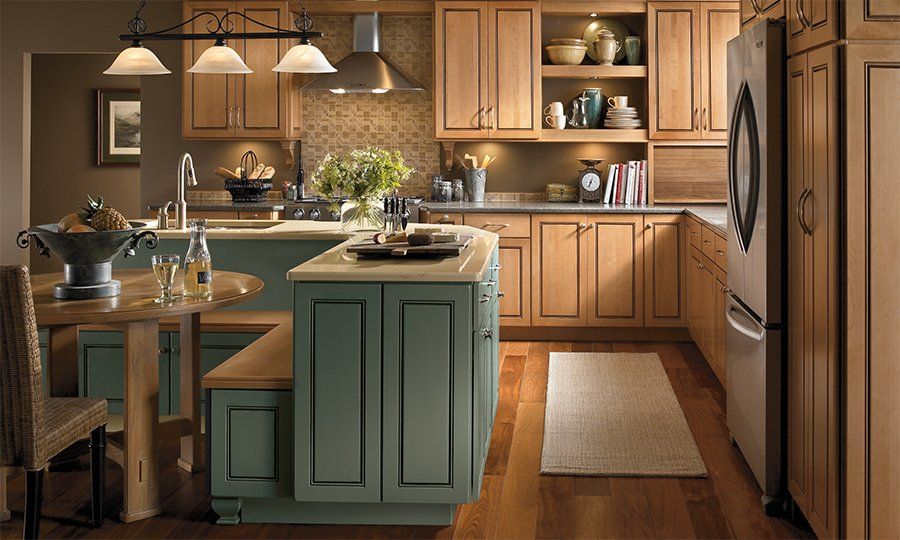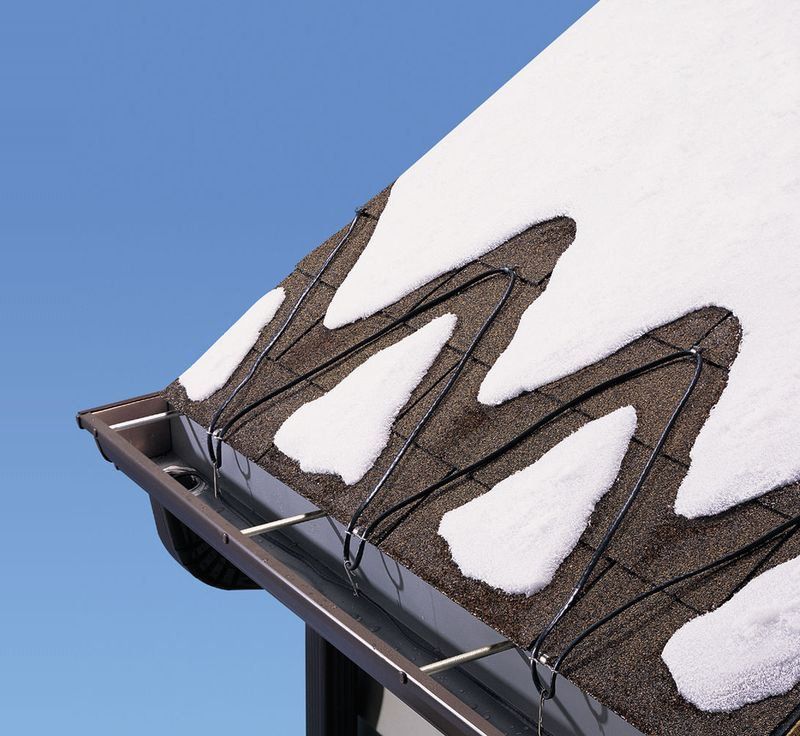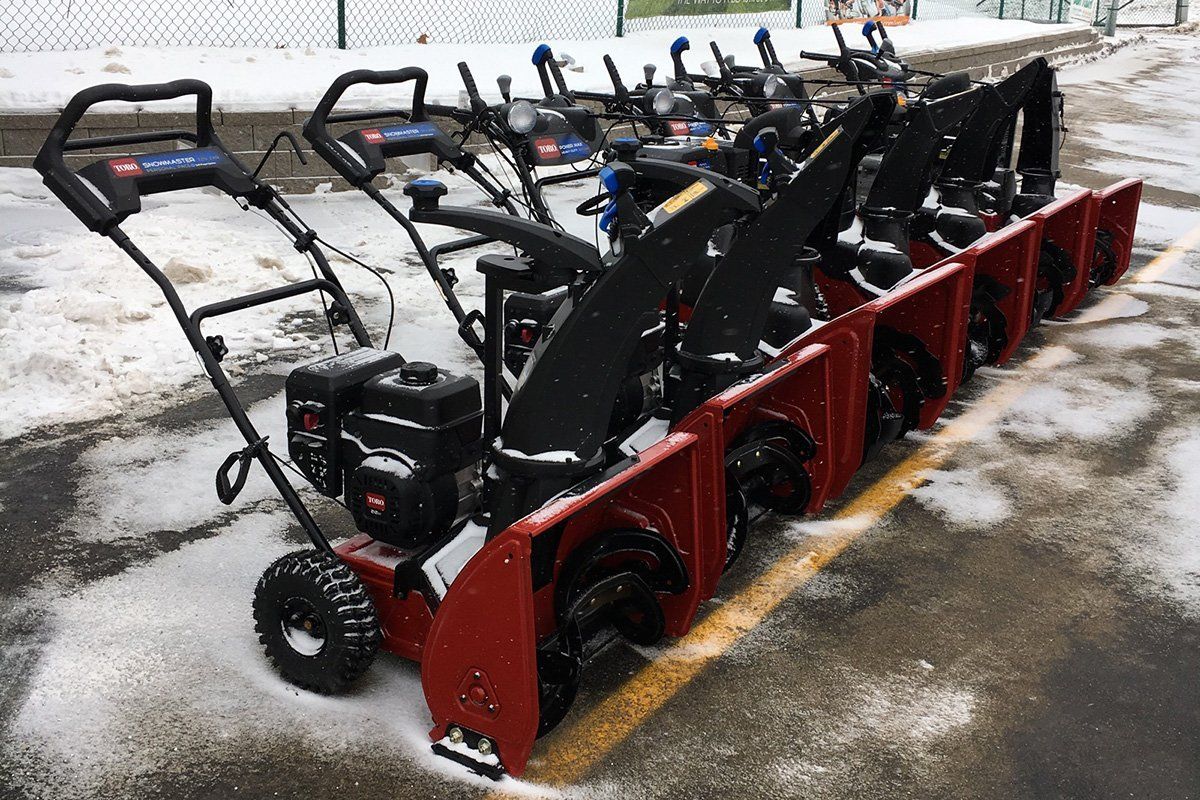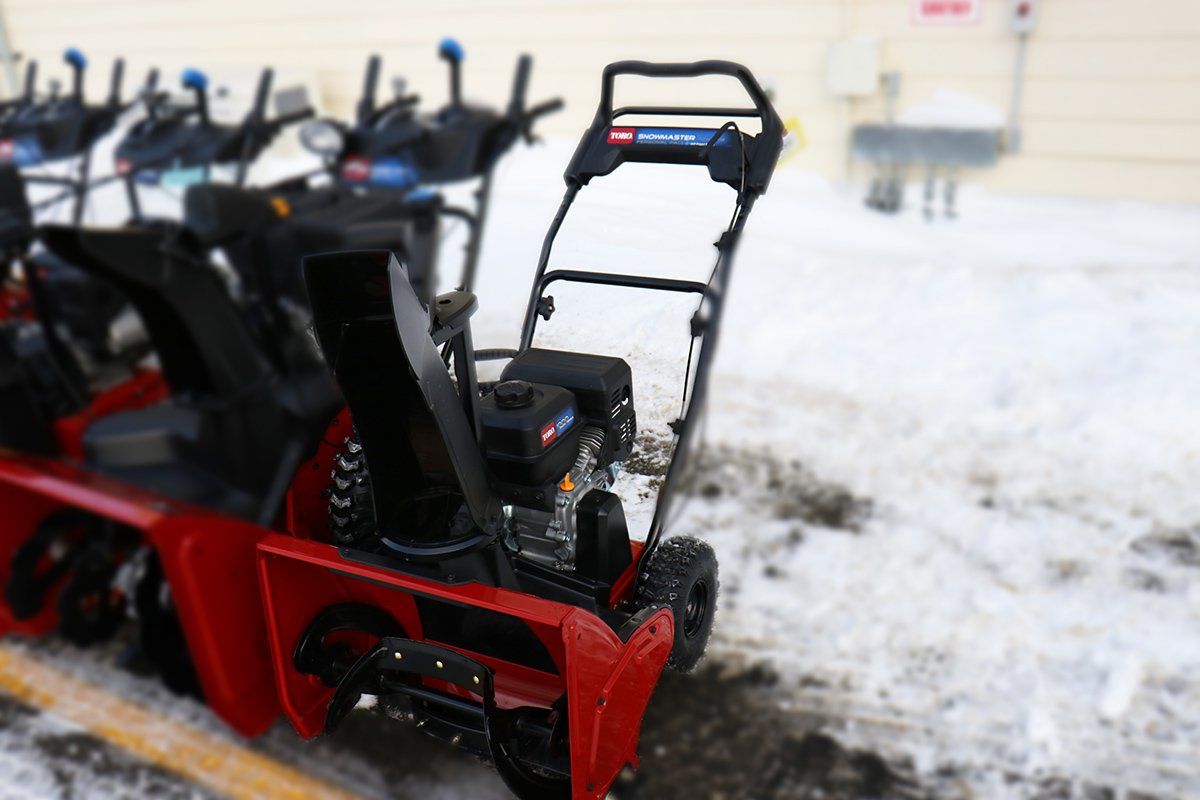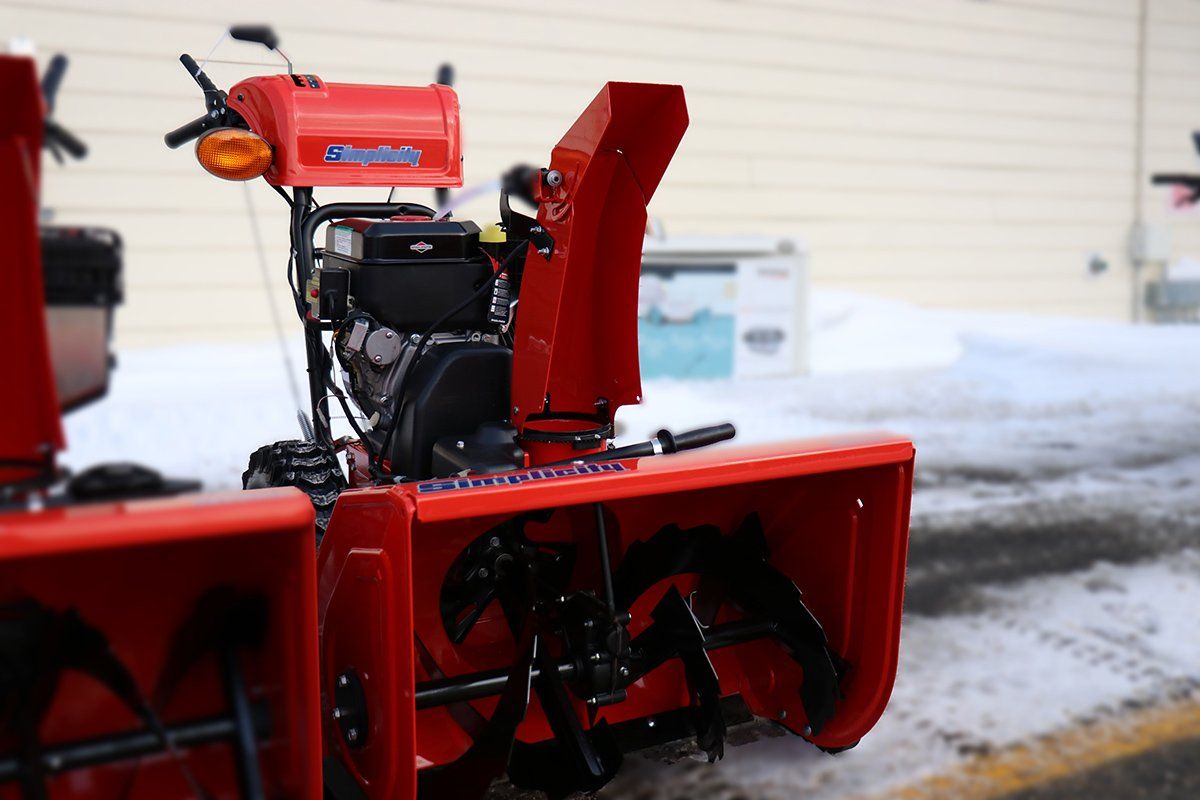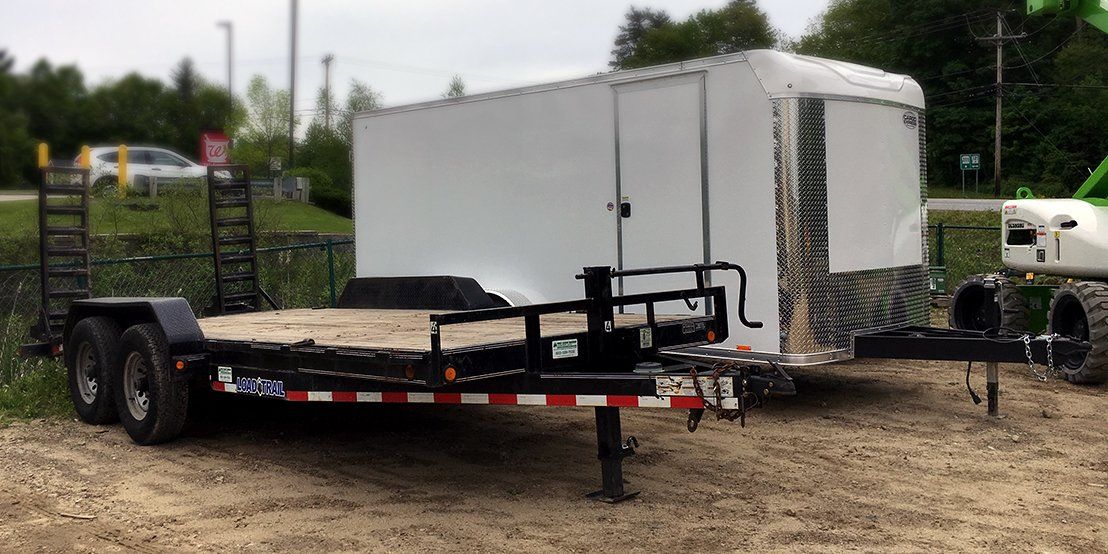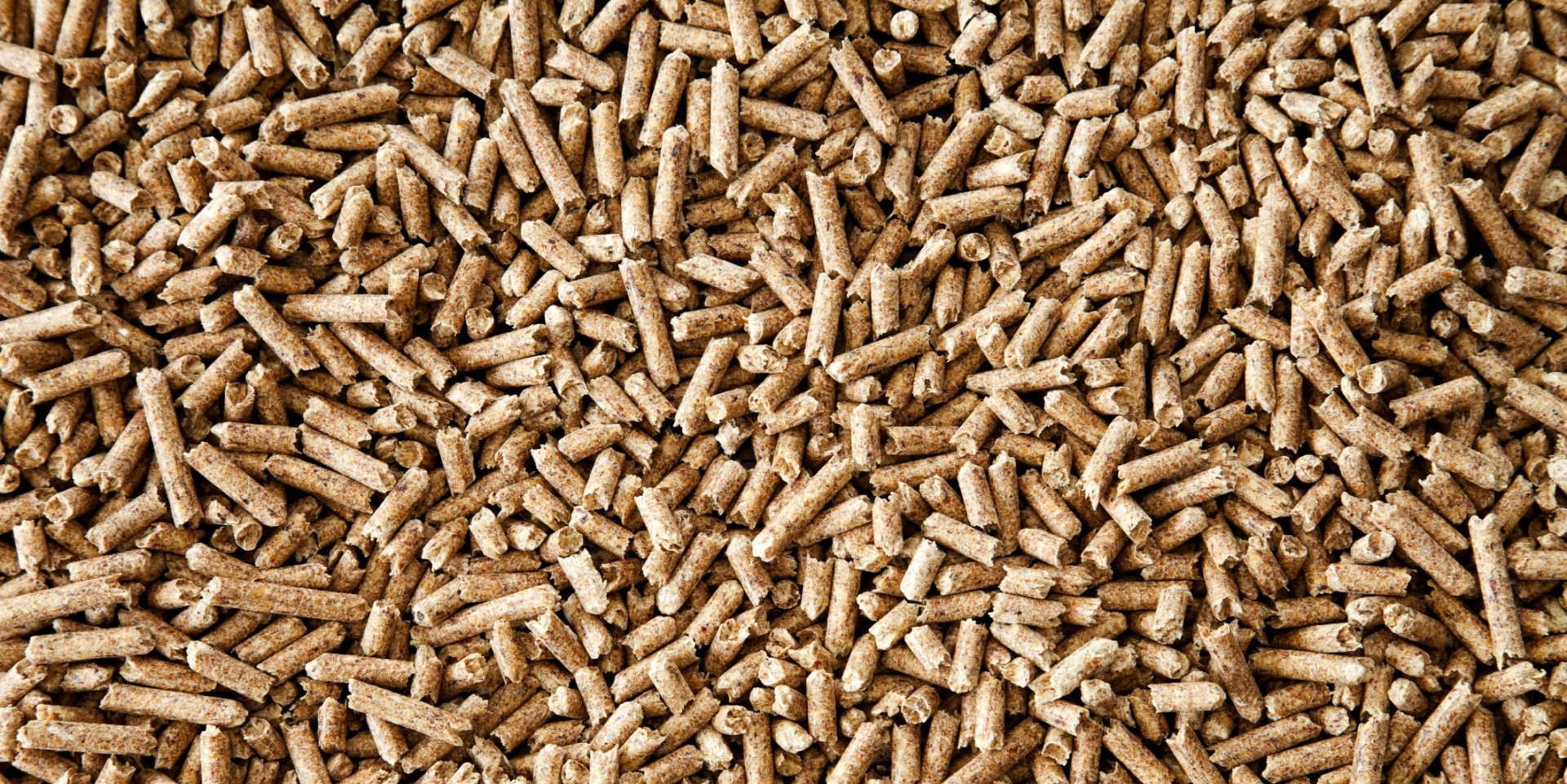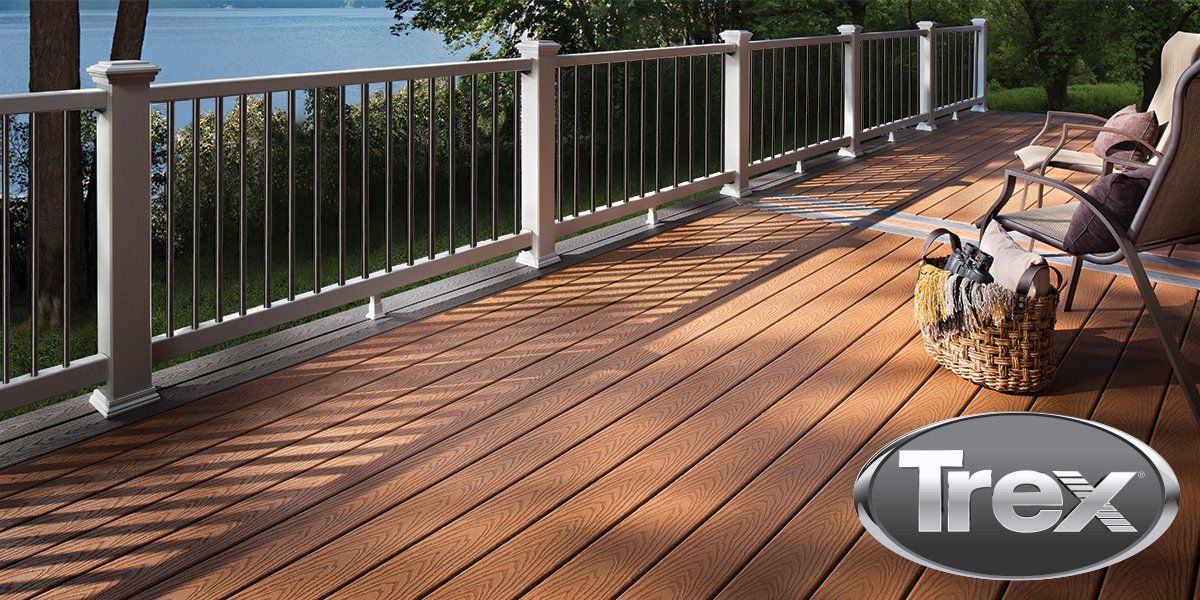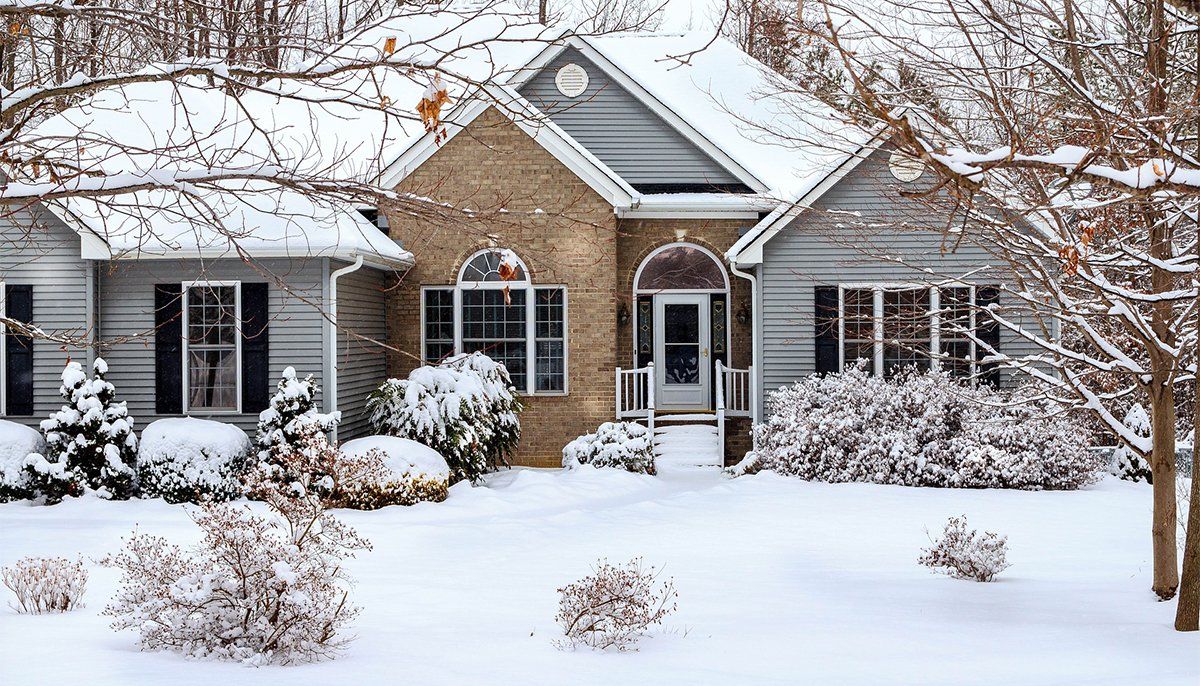Choosing the Right Snowblower
What kind of snowblower is right for you?
Does your family count on you to clear the driveway after a big snow storm? Are you the person who helps clear the sidewalks and the driveways for the neighborhood?
The winter season is finally here, so it’s time to talk snow blowers. At East Coast Lumber, we want our customers to think smarter about their work around the home, and ultimately get those jobs done easily and quickly. To do this, we consult the pros to give us tips on how to choose the right equipment for you. Dan Rogers, the Equipment Center Manager, is back to talk about choosing the right snow blower.
There are two main type of snow blowers: single-stage and two-stage. Basically, a single-stage snow blower is a light duty machine that uses a single high-speed impeller to pull in snow and expel it from a discharge chute. Two-stage snow blowers on the other hand, are heavier duty and have multiple low-speed metal augers that pull the snow into an impeller, which then discharges the snow into a chute.
In addition to the
process of each type of snow blower, there are some essential factors to
consider before purchasing one or the other. Let’s break it down a little
further.
Single-Stage Snowblowers
For an average
suburban home with a driveway and sidewalk, a single-stage snow thrower is the
way to go. They are relatively lightweight and affordable, and are capable of
handling up to 8” of snow. Although technically not self-propelled, the auger
(shaped like a corkscrew) moves the machine along with its rotating action as
it scoops up snow and throws it through the chute.
The impeller is usually in the form of two or more curved plastic paddles that
move snow towards the centerline of the machine where the discharge chute is
located. Single-stage snow throwers usually are light duty machines. Small
electric machines can be picked up to chew away deep snow banks a layer at a
time.
Two-Stage Snowblowers
As its name
implies, the two-stage snow blower gets rid of the snow in two stages. An auger
is used to break up the snow first, and then it’s sucked into the impeller and
blown out through the discharge chute. This type of blower is used if your area
typically gets snowfalls of more than a foot or more at a time. If you just want to blow deep snow,
you can’t go wrong with two-stage snow blower. They will always outperform any
electric or single-stage unit.
They can attack deep snow drifts –
including the mountain at the end of your driveway – without breaking the bank.
Typical two stage snow blowers start at 20” clearing width going all the way up
to 45”.
Electric Snowblowers
Although much less
powerful, electric snow blowers have some great benefits when compared to the
single-stage and two-stage gas snow blowers.
Firstly, electric snow blowers don’t require gasoline or engine oil; you simply need to plug it in and go. They’re also much lighter and quieter than traditional snow blowers. Equipment with this kind of portability makes it easier to tackle fresh snow early in the morning so you’re not waking up the whole neighborhood. With easy access start buttons, you won’t have to deal with any more ridiculous pull cords either.
While these are all great reasons, before you jump on buying the next electric snow blower you see, you should consider a few of these drawbacks as well. There are a few potential safety issues with the electric snow blowers, including the equipment overheating, the possibility of running over the cord, and the mixture of water and electricity. Depending on the length of the cords and how much snow these throwers can handle (hint: not much), these snow blowers also have their limitations. Most electric snow blowers run about 12-14” in length, limiting size options for different projects.
If you have any questions about snow blowers, or still trying to find out which one is right for you, visit us at the East Coast Lumber Equipment Center. Our equipment experts can help you find the perfect snow blower to most effectively clean your driveways and sidewalks… and of course make your neighbors with shovels jealous.
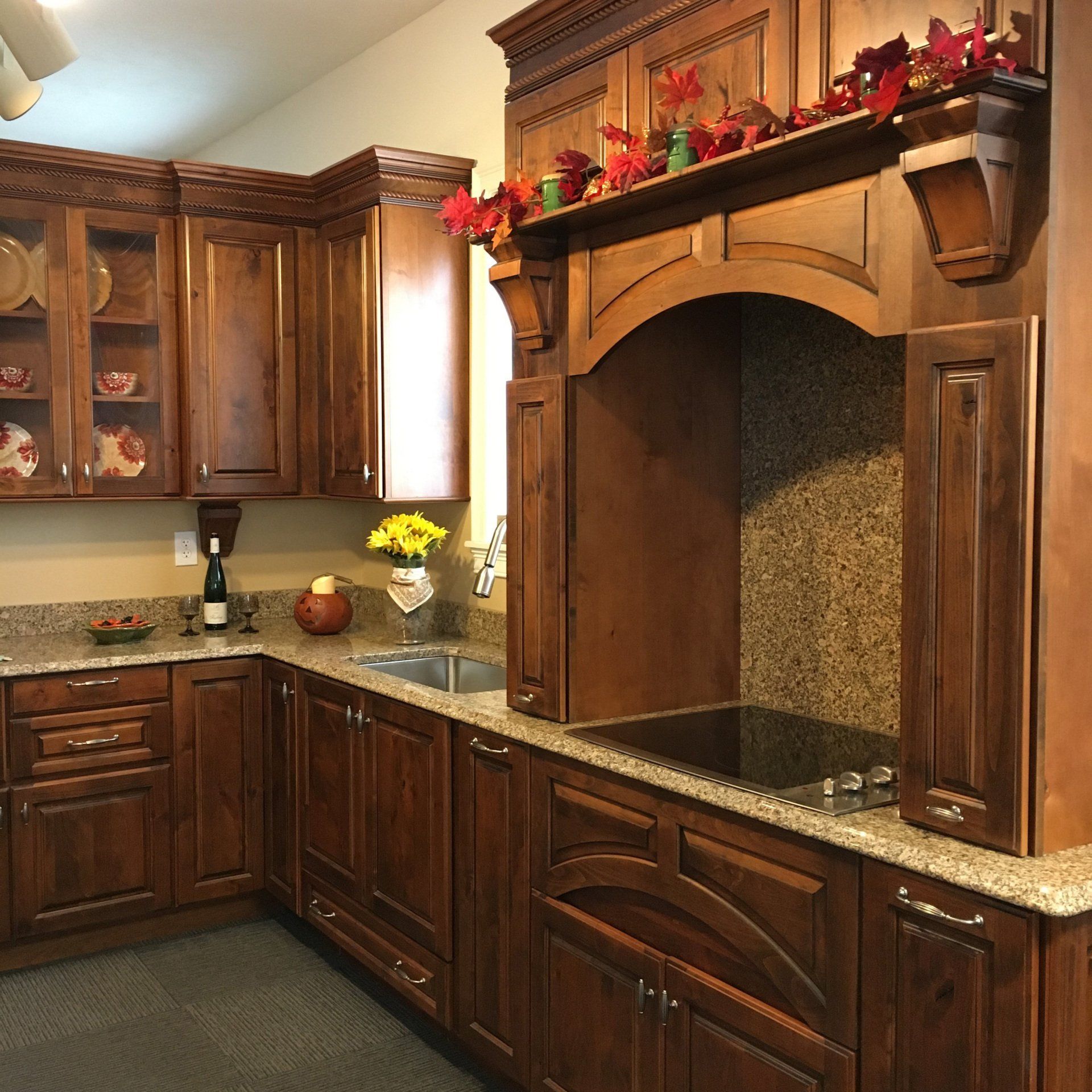

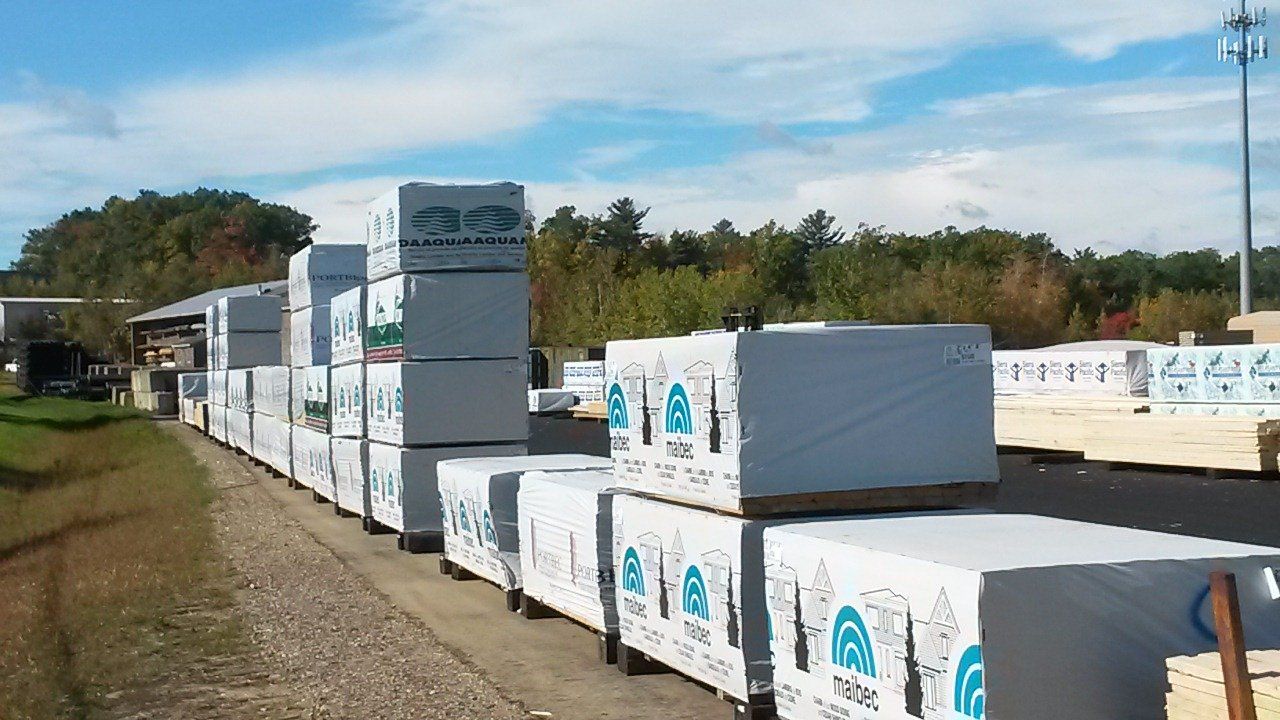
The lumber market nationwide continues to experience unprecedented price spikes and supply shortages
